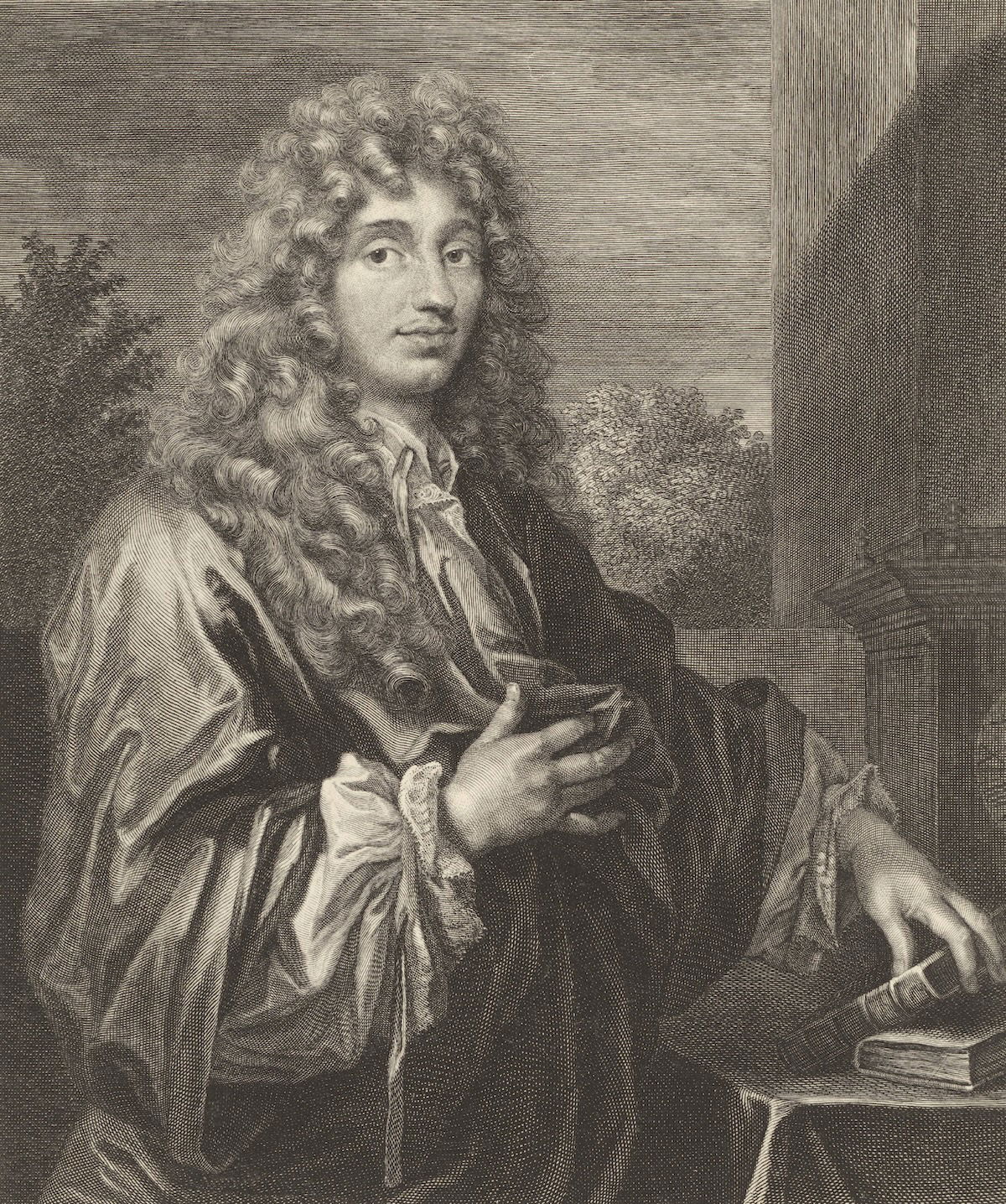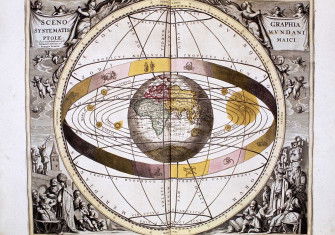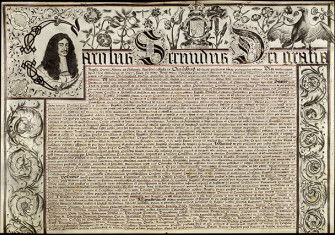Was Christiaan Huygens Greater than Newton?
Dutch mathematician Christiaan Huygens has long been overshadowed by Isaac Newton. But he is the better example of a modern scientist.

By 1689, Isaac Newton’s groundbreaking treatise on the laws of motion and gravitation, Principia Mathematica, had been published for more than a year and was the focus of high praise, even by those who understood not a word of it. He was the Lucasian Professor of Mathematics, a fellow of Trinity College, Cambridge and recently re-elected as a Member of Parliament for the university. But there was one further appointment that he coveted: the provostship of King’s College. This required a petition to the king himself.
On 9 July that year, Newton found himself at Hampton Court for an audience with the newly crowned Dutch king, William III. The meeting had been made possible by Christiaan Huygens, whose brother Constantijn was the king’s secretary and whom Newton had first encountered only four weeks earlier when the Dutchman had given a lecture on some novel aspects of optical refraction at Gresham College, the home of the Royal Society.







